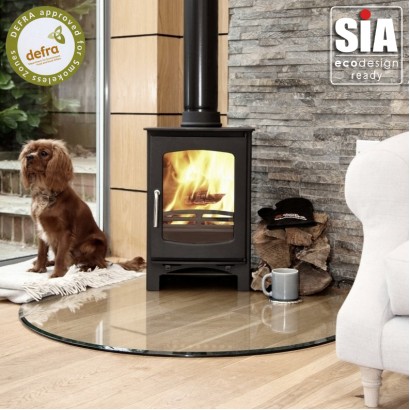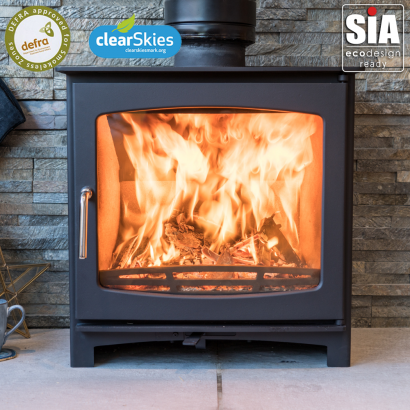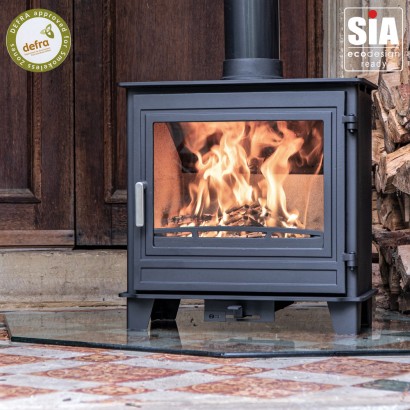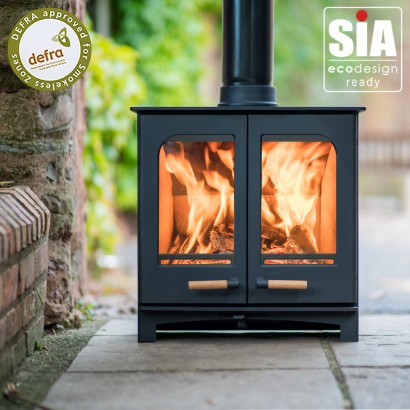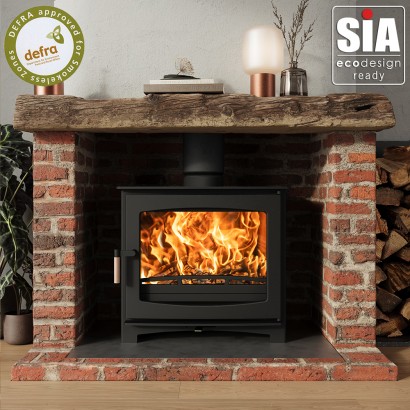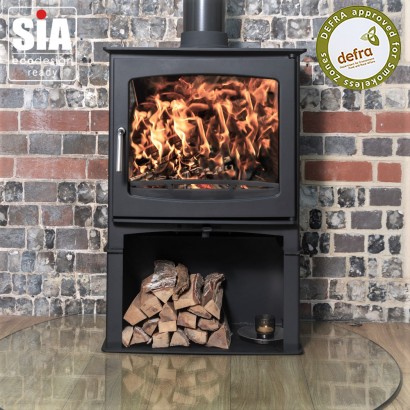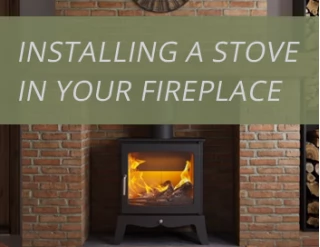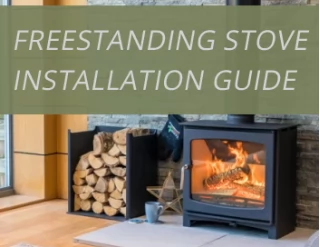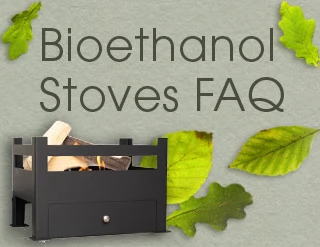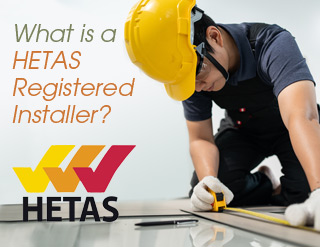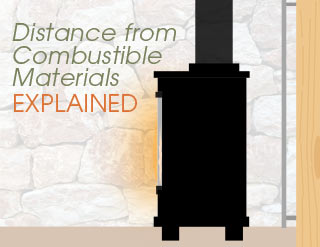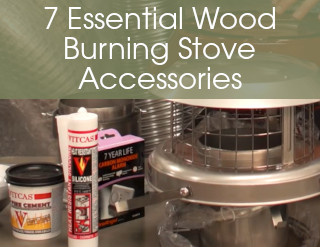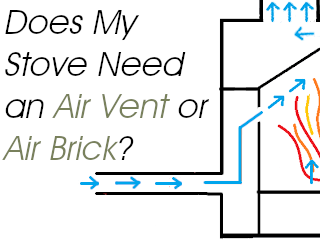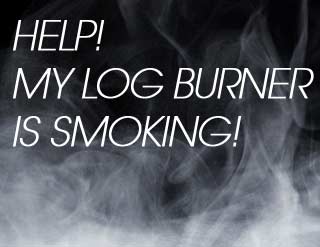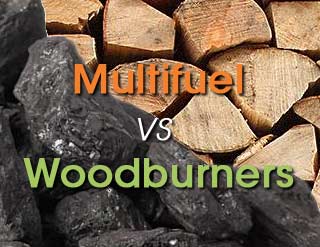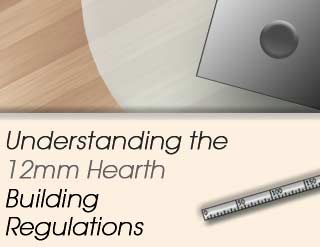Does My Stove Need an Air Vent or Air Brick?

When buying a wood burning stove for the first time, you might be hesitant to want to put a hole in your wall - which is understandable. So, why do you need an air vent or brick, and what will happen if you don’t have one?
Fires are a chemical reaction. All fires need heat, oxygen, and fuel to burn so, without constant air flow, your fire will gradually go out. Chimneys work because the difference in temperature between the stove and the gases outside cause an up-draught. This up-draught pulls the hot air up through the chimney, and fresh air is drawn into the stove.
A problem arises if too much air escapes through the chimney, causing your house to depressurise. If this happens, your stove will try to replace the air from the chimney, which can in odd cases lead to smoke coming back into your house.
But do I have to have a vent?
Ventilation is not legally required if you have a stove with a nominal output of less than 5kW and your home was built before 2008. However, if your stove has an output of 5kW or more, or you have a newer home, there are some regulations you have to follow or risk facing a fine.
New Build Homes
The regulations depend on the air permeability of your home - in other words, how airtight it is. Houses built after 2008 are required to meet strict air permeability ratings of 5 m3/hm2 or less as this makes them more energy efficient.
In this case, irrespective of the kW output you will always need a stove that is adaptable for a “direct air feed”. This is a length of pipe that draws in air from the outside and feeds it directly into the stove chamber. The stove will draw all of its oxygen from the outside when this is connected, leaving the room nice and air tight as it was designed to be.
Direct air feed kits are also useful for stove owners with extractor fans and mechanical air systems that could draw oxygen away from the stove. Here at Stove World we sell a number of stoves suitable for use with a direct air feed kit.
Buying a stove over 5kw but not in a new build?
You will need 550mm2 of ventilation for each additional kW.
Where do I put my vent?
Because of the draught they can create, we recommend you put your vent as close to the stove as possible. Your stove will still put out more than enough heat so you won’t have to worry about the vent making the room cold. Stove World UK supplies a direct air feed kit that connects directly to the stove and gives the fire all the oxygen it needs, making it burn to its full potential without creating a draft in the room like standard air vents.
In summary:
- If your house was built after 2008, you will need 550mm2 of ventilation for each kW output your stove produces
- If you have an older home it is unlikely to be very airtight, so you only need a vent if your stove puts out more than 5kW
If your stove is installed by a HETAS engineer then you don’t have to worry, they will make sure everything is up to standard and answer any questions you may have.
Selected Stoves That Require No Air Brick/Vent
(with exceptions as explained above)
Bestsellers
Ecosy+ Purefire Curve 5kw, Multi-Fuel, Eco Design Approved, Defra Approved Stove
£549.00 Ex Tax: £457.50
Ecosy+ Panoramic Defra Approved 5kw Eco Design Ready - Woodburning Stove
£654.00 Ex Tax: £545.00
Ecosy+ Panoramic Traditional - (Wood Burning) Defra Approved, 5kw , Eco Design Ready - 5 Year Guarantee
£600.00 £669.00 Ex Tax: £500.00
Ecosy+ Panoramic Twin Door - Defra Approved - 5kw - Eco Design Ready - Woodburning Stove
£669.00 Ex Tax: £557.50
Ecosy+ Panoramic 9 - Ecodesign - Slimline Wood Burning Stove (10kw Maximum Output)
£679.00 Ex Tax: £565.83
Ecosy+ Panoramic - Defra Approved 5kw - Eco Design Ready - Slimline Woodburning Stove - With Stand
£814.00 Ex Tax: £678.33

 0 item(s) - £0.00
0 item(s) - £0.00 